Platoonist
Posts: 1342
Joined: 5/11/2003
From: Kila Hana
Status: offline

|
quote:
ORIGINAL: battlevonwar
Just finished the Book Shattered Sword about the Japanese CVs in the Pacific. I think everyone is right(it doesn't appear that the Japanese had a Pilot Training Program) when they lost their cream of the crop, they lost it for good. Plus it appears a lack in ability to replace their Carriers(naturally they had less than 1/20th the Industrial Capacity of the USA)
In Shattered Sword they break down precisely why the Japanese lost and they probably could not of helped it. Down to their Recon Planes and their orders. Their whole doctrine was set for them to lose. Could they of won a few more local victories and extended the war, yes... for certain could they of won the war, most assuredly NEVER unless the USA gave up.
Shattered Sword is a fine work. They covered the impact of Midway on the battle for Guadalcanal beautifully in the chapter on assessing the battle's importance.
quote:
While the Japanese may have privately acknowledged the seriousness of their defeat at Midway, they did not feel that fact condemned them to to fighting on unequal terms around Guadalcanal. Indeed, in the short term, they were able to stay in game in the waters off Guadalcanal. At this point in the conflict, even after the losses she had suffered, Japan still possessed the means to equip the air groups of several more fleet carriers, had the ships themselves been available. Japan ultimately did commit a large scale of air resources to the Solomons contest, but most had to operate from primitive land air bases, some too far from the action.
Of the two major carrier battles fought off Guadalcanal, the Japanese lost at Eastern Solomons, but arguably won at Santa Cruz. But even when they achieved what appeared to be temporary victories in those waters, they lacked the strength anymore to capitalize on their triumphs. They could no longer seal the deal by inflicting a final crushing victory, driving off the US support vessels and exterminating US forces on the island. Had even just the Hiryu or Akagi survived Midway, the Japanese might have had the requisite strength to prevail four to six months more in those crucial waters.
However, once Japan concedes defeat at Guadalcanal, the tipping point finally arrives. By the end of 1942 the carrier fleets of both the US and Japan were in a shambles with both sides exhausted and spent. The US even borrowed a British carrier (the Victorious) early in 1943 to bolster their strength in the South Pacific. The opposing carrier fleets would not meet again until 1944. But by the middle of 1943 the Americans began committing Essex class carriers to the Pacific at the rate of one every other month in addition to the nine light Independence class carriers. A production rate the Japanese in their wildest dreams could never equal.
< Message edited by Platoonist -- 8/29/2020 7:22:07 PM >
_____________________________
|
 Printable Version
Printable Version
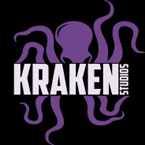






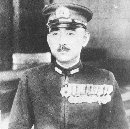
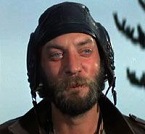


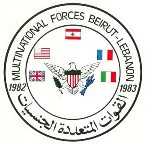
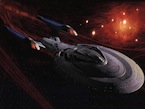


 New Messages
New Messages No New Messages
No New Messages Hot Topic w/ New Messages
Hot Topic w/ New Messages Hot Topic w/o New Messages
Hot Topic w/o New Messages Locked w/ New Messages
Locked w/ New Messages Locked w/o New Messages
Locked w/o New Messages Post New Thread
Post New Thread